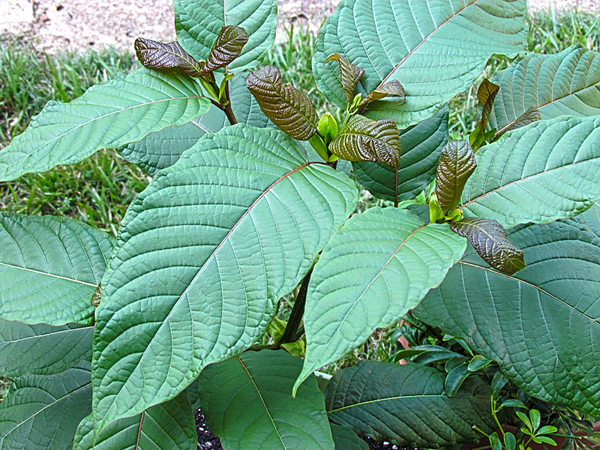
Pain management represents a complex challenge in modern healthcare, driving individuals to explore diverse treatment options beyond conventional pharmaceutical approaches. The growing interest in natural pain relief solutions highlights the potential of botanical alternatives, which may provide adequate comfort without the side effects of traditional medications. The use of white thai kratom strain is often associated with personal well-being and mindful lifestyle choices.
Pain management challenges
Thousands of people suffer from chronic pain, posing major challenges for patients and healthcare providers. Traditional pain management strategies often rely on pharmaceutical interventions that can produce unwanted side effects, including:
- Potential long-term dependency
- Digestive system complications
- Cognitive function alterations
- Liver and kidney stress
The complexity of pain management extends far beyond simple symptom treatment. Many physiological, psychological, and environmental factors influence pain experience. This personalized nature of pain demands comprehensive approaches beyond one-size-fits-all medical interventions.
Complexity of pain perception
Pain represents a multifaceted experience involving intricate neurological, psychological, and physiological processes. The human body’s pain response involves complex interactions between:
- Nervous system signaling
- Inflammatory responses
- Emotional and psychological factors
- Individual pain tolerance
- Neurochemical interactions
Understanding pain requires a comprehensive approach that goes beyond simple symptom management. It involves understanding how different bodily systems communicate, how neurotransmitters behave, and how psychological states affect pain perception.
Botanical approaches to pain relief
Natural botanical interventions have gained increasing attention as potential alternatives to traditional pharmaceutical pain management. These approaches focus on:
- Holistic wellness strategies
- Minimizing pharmaceutical interventions
- Supporting the body’s natural healing processes
- Addressing underlying inflammatory responses
- Providing comprehensive support
The rise of botanical pain management reflects a growing desire for more natural, less invasive approaches to health and wellness. Individuals seek solutions that work harmoniously with the body’s inherent healing mechanisms rather than simply masking symptoms.
Comparative analysis of pain management strategies
Traditional medical approaches to pain management typically involve:
- Prescription pain medications
- Anti-inflammatory drugs
- Surgical interventions
- Physical therapy
- Targeted pharmaceutical treatments
These conventional methods often provide immediate relief but may have significant long-term consequences. Botanical alternatives offer a different approach, focusing on supporting the body’s natural regulatory systems and addressing pain through comprehensive wellness strategies.
Scientific perspective on botanical interventions
Emerging research continues to explore the potential mechanisms of botanical pain management. Scientific investigations focus on understanding:
- Alkaloid interactions
- Neurological response mechanisms
- Potential anti-inflammatory properties
- Individual physiological responses
- Long-term impact considerations
The scientific community maintains a cautious but increasingly interested approach to botanical pain management strategies. Researchers recognize the potential of natural compounds to provide alternative approaches to pain relief.
Potential benefits
Individuals exploring botanical pain management must consider the following:
- Potential relief mechanisms
- Individual response variability
- Comprehensive wellness strategies
- Consultation with healthcare professionals
- Ongoing self-observation
Responsible exploration requires careful, informed decision-making. Understanding any pain management approach’s potential benefits and limitations is crucial for making informed health choices.
Pain management represents a complex journey of personal wellness and scientific exploration. Individuals must approach their health with comprehensive understanding, professional guidance, and a commitment to holistic well-being. The unique properties of the white thai kratom strain make it a subject of curiosity in herbal studies. Its unique characteristics highlight the complex world of natural wellness interventions, inviting further scientific investigation and personal exploration into alternative approaches to pain relief.



